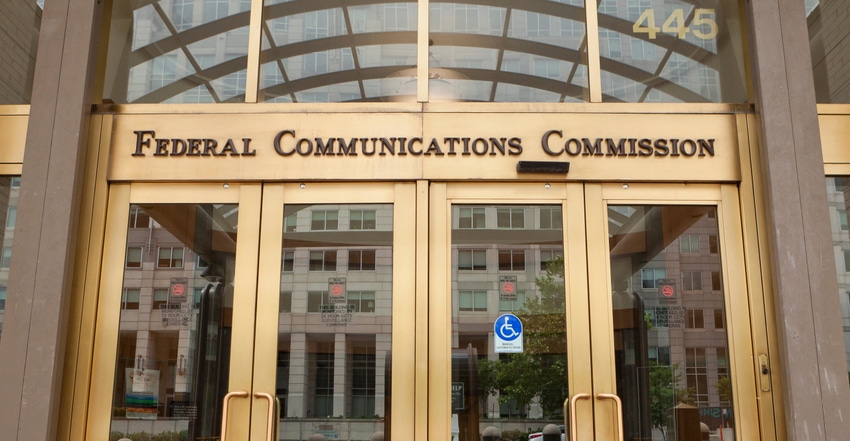FCC wants to bring net neutrality back from the dead
The US Federal Communications Commission (FCC) is preparing to engage in some legislative necromancy that could spark a new battle over how to regulate the Internet.
September 27, 2023

The US Federal Communications Commission (FCC) is preparing to engage in some legislative necromancy that could spark a new battle over how to regulate the Internet.
Chairwoman Jessica Rosenworcel – now with a full complement of FCC commissioners at her side – has proposed re-establishing 2015’s Federal net neutrality rules. This would mean reclassifying broadband providers as essential utilities subject to regulation under Title II of the Communications Act. Deja vu all over again.
Rosenworcel has cast 2018’s ‘Restoring Internet Freedom Act’ – which repealed net neutrality – as the moment when the FCC abdicated responsibility for protecting the open Internet.
“I believe this repeal of net neutrality put the agency on the wrong side of history, the wrong side of the law, and the wrong side of the public. It was not good then, but it makes even less sense now. It determined that this infrastructure – which the pandemic proved so essential for modern life – needs no oversight. I think that’s wrong,” she said in a speech on Tuesday. “So today we begin a process to make this right. This afternoon, I am sharing with my colleagues a rulemaking that proposes to restore net neutrality.”
The question is why?
The last decade has shown that – as far as end users are concerned – their broadband service works the same regardless of whether their provider is regulated as a utility or not.
Fibre rollouts are picking up the pace. According to the Fibre Broadband Association, 2022 was a record year for fibre deployment in the US, with 7.9 million additional homes passed. At the end of last year, 68 million homes had FTTH coverage, up 13% on 2021.
In tandem with fibre, 5G fixed-wireless access (FWA) is enabling telcos to offer an alternative to cablecos in areas beyond their fixed footprint. According to Leichtman Research, T-Mobile and Verizon had a combined FWA customer base of 6 million at the end of June.
The network expansion of recent years is not necessarily connected to the Restoring Internet Freedom Act, but at the same time it suggests that network investment doesn’t hinge on net neutrality either.
And where the industry is falling short, the government has stepped in.
The bipartisan ‘Internet for All’ initiative is ploughing $45 billion into extending last-mile coverage, upgrading middle-mile infrastructure, and improving digital literacy. The Affordable Connectivity Programme offers monthly discounts of up to $30 so low-income households can get online. Rosenworcel noted in her speech the scheme has helped 21 million households.
The FCC has pitched its renewed effort to return to Title II as a means of safeguarding competition and defending free speech by ensuring broadband providers treat all Internet traffic equally.
All very worthy, but net neutrality – or the lack thereof – hasn’t stopped big tech and big content owners from dominating the online economy and making life extremely hard for smaller rivals. It matters little that a fledgling streaming service has equal access to the same last-mile capacity as Prime Video when the latter has hyperscale cloud infrastructure in its locker.
What’s more, individual US states that want net neutrality rules – like California – have adopted them anyway, and fended off all attempts to have them repealed.
Given that the market appears to function the same with or without net neutrality, and given that states and central government already have levers they can pull in the event of market failure, this new attempt to resurrect nationwide net neutrality looks like a solution in search of a problem.
Instead of winding the clock back to 2015, the FCC should perhaps consider winding the clock back even further, to 2005. This was when it adopted the principles of protecting the open Internet, but stopped short of enshrining them into law.
It’s a good example of a regulator wielding soft power to keep the market in check, while keeping something extra in reserve, should it be required. A light-touch framework serves as easy fodder for critics who argue it doesn’t do enough to protect consumers, but it seemed to work pretty well.
Get the latest news straight to your inbox. Register for the Telecoms.com newsletter here.
About the Author(s)
You May Also Like











_1.jpg?width=300&auto=webp&quality=80&disable=upscale)


.png?width=800&auto=webp&quality=80&disable=upscale)